Introduction to Python for Data Science and Machine Learning
In today’s data-driven world, Python has emerged as the go-to programming language for data science and machine learning professionals. Whether you’re a beginner looking to start your journey or an experienced programmer transitioning to data science, finding the right Python Course in Coimbatore can set you on the path to success. This comprehensive guide will walk you through the fundamentals of Python programming and its applications in data science and machine learning.
Getting Started with Python
Why Python?
Python’s popularity in data science and machine learning isn’t coincidental. Its readable syntax, extensive library ecosystem, and strong community support make it an ideal choice for both beginners and experts. Many leading python Training Institute programs emphasize these advantages when introducing students to the language.
Setting Up Your Environment
Before diving into coding, you’ll need to set up your development environment:
- Install Python (preferably Python 3.x)
- Set up an Integrated Development Environment (IDE) like PyCharm or VS Code
- Install essential packages using pip:
- NumPy for numerical computing
- Pandas for data manipulation
- Matplotlib and Seaborn for data visualization
- Scikit-learn for machine learning
Essential Python Concepts for Data Science
Data Types and Structures
Understanding Python’s fundamental data types is crucial for data science:
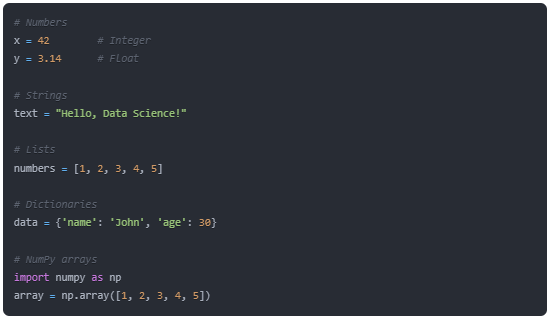
Control Flow and Functions
Mastering control structures and function definition is essential:

Data Manipulation with Pandas
As any reputable Python Training Institute will tell you, Pandas is the backbone of data manipulation in Python:
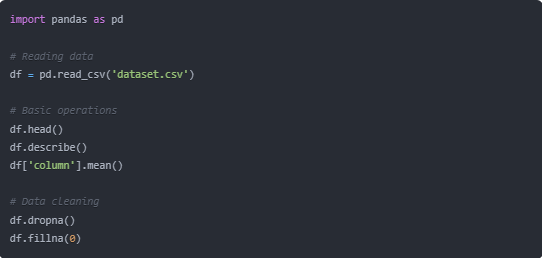
Data Visualization
Creating effective visualizations is crucial for data analysis:
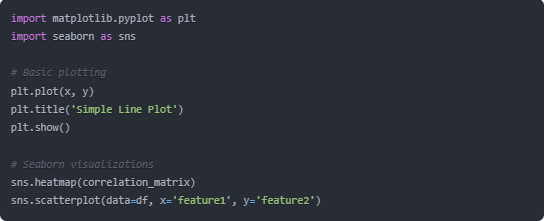
Introduction to Machine Learning with Scikit-learn
For those enrolled in a Python Course in Coimbatore, understanding machine learning basics is essential:
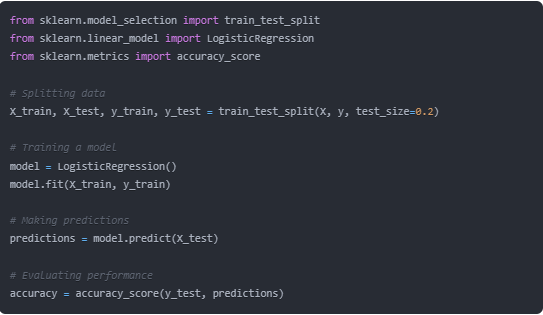
Deep Learning Foundations
Python’s deep learning libraries make implementing neural networks accessible:
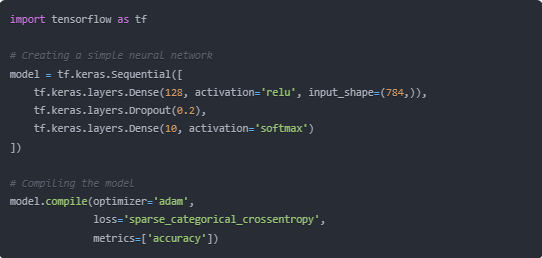
Best Practices in Data Science
Code Organization
Maintain clean and organized code:
- Use meaningful variable names
- Comment your code appropriately
- Follow PEP 8 style guidelines
- Create reusable functions and classes
Version Control
Learn to use Git for version control:
- Track changes in your code
- Collaborate with others
- Maintain different versions of your projects
Documentation
Document your code and projects:
- Write clear README files
- Include docstrings in functions
- Maintain requirements.txt for dependencies
Real-World Applications
Understanding theoretical concepts is important, but applying them to real-world problems is crucial. Many python Training Institute programs emphasize practical applications:
- Predictive Analytics
- Sales forecasting
- Customer churn prediction
- Market trend analysis
- Natural Language Processing
- Sentiment analysis
- Text classification
- Language translation
- Computer Vision
- Image classification
- Object detection
- Face recognition
Common Challenges and Solutions
Working with Large Datasets

Handling Imbalanced Data

Future Trends in Python Data Science
The field of data science is constantly evolving. Stay updated with:
- AutoML tools
- Neural Architecture Search
- Automated Feature Engineering
- Edge Computing and TensorFlow Lite
- PyTorch’s growing ecosystem
Decorators in Data Science
Decorators are powerful tools for extending functionality:
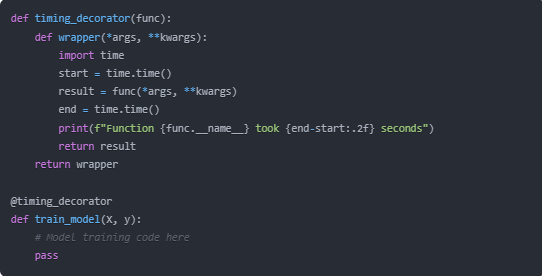
Context Managers for Resource Management:
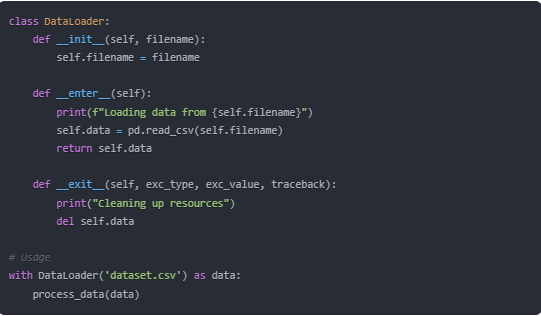
Advanced Data Processing Techniques
Parallel Processing with Dask
For handling large-scale data processing:
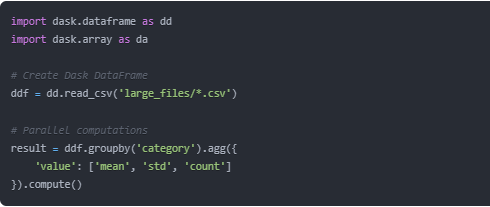
Pipeline Construction with Scikit-learn
Building robust machine learning pipelines:
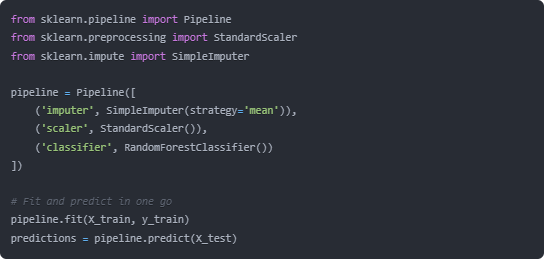
Advanced Visualization Techniques
Interactive Visualizations with Plotly

Custom Matplotlib Styles
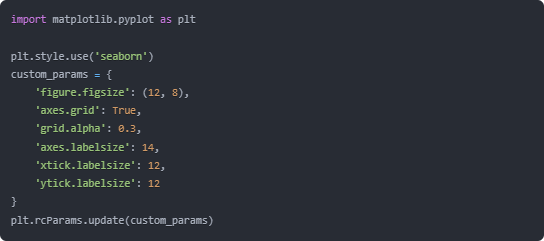
Model Deployment and Production
Creating REST APIs with Flask
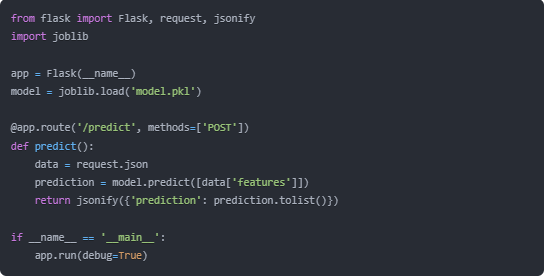
Docker Containerization

Data Science Project Management
Project Structure Best Practices
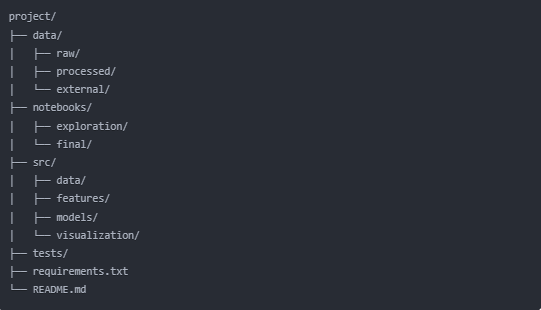
Experiment Tracking with MLflow
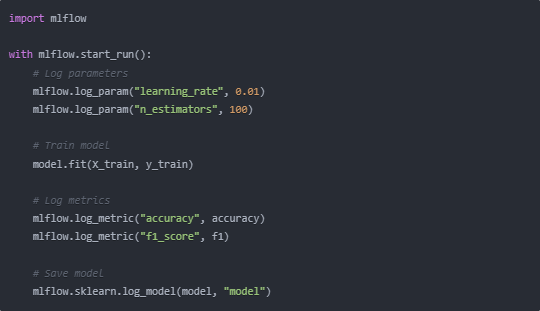
Ethics in Data Science
Data Privacy and Security
When working with sensitive data:
- Implement data anonymization
- Use secure data storage
- Follow GDPR and other relevant regulations
- Regular security audits
- Proper data disposal methods
Bias Detection and Mitigation
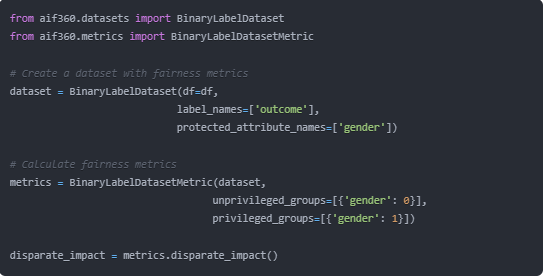
These additional sections enhance the blog post by covering advanced topics and practical considerations that are essential for professional data scientists. The content maintains a balance between theoretical knowledge and practical application while incorporating industry best practices and ethical considerations.
Conclusion
Python’s role in data science and machine learning continues to grow stronger. Whether you’re starting your journey with a Python Course in Coimbatore at Python Training or exploring advanced concepts, Xplore IT Corp provides comprehensive training to help you master these essential skills. The key to success lies in consistent practice, staying updated with the latest developments, and applying your knowledge to real-world problems.
Remember that learning data science and machine learning is a journey, not a destination. Keep exploring, experimenting, and building projects to enhance your skills. The foundational knowledge covered in this guide will serve as a stepping stone to more advanced topics and specialized applications in the field.

